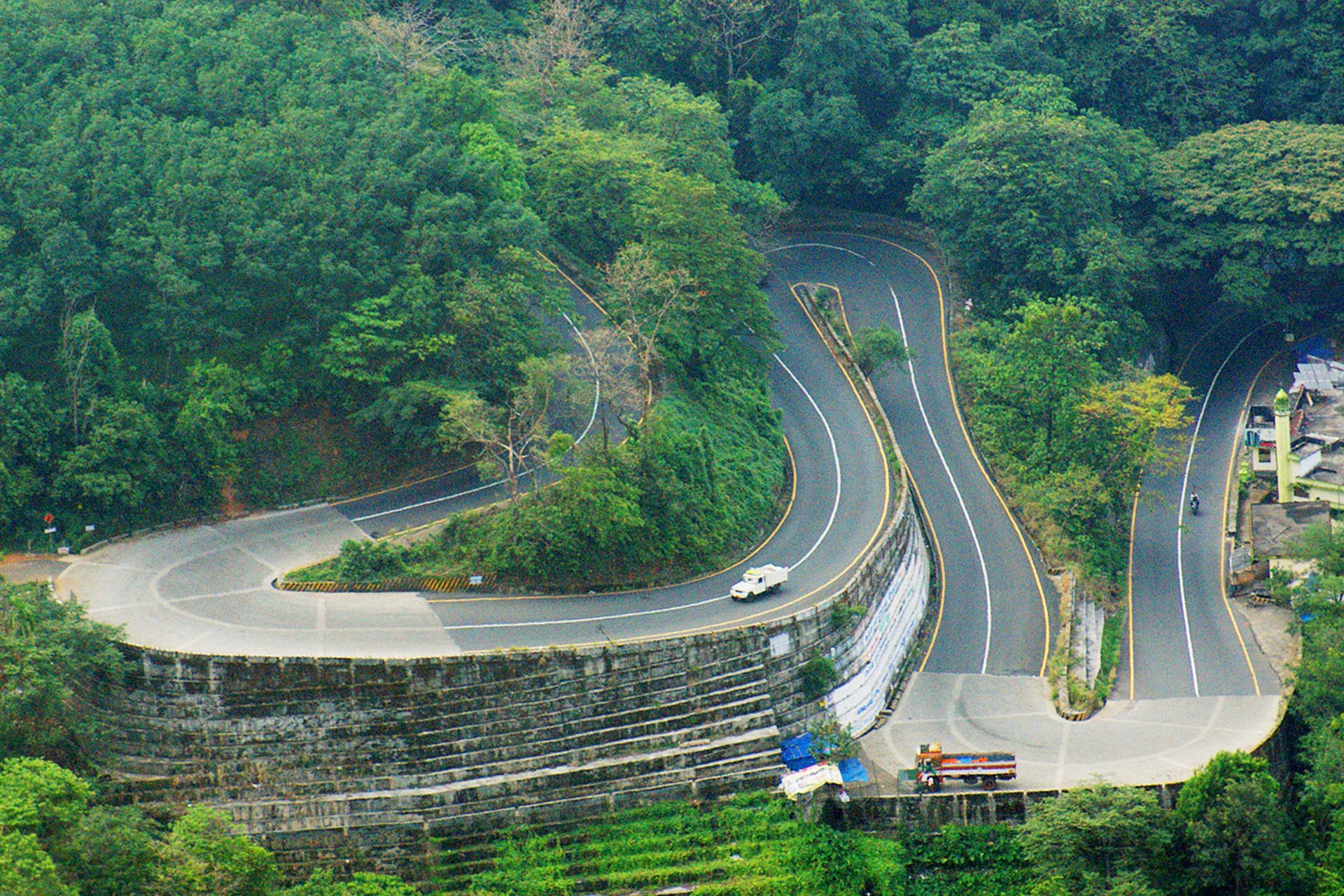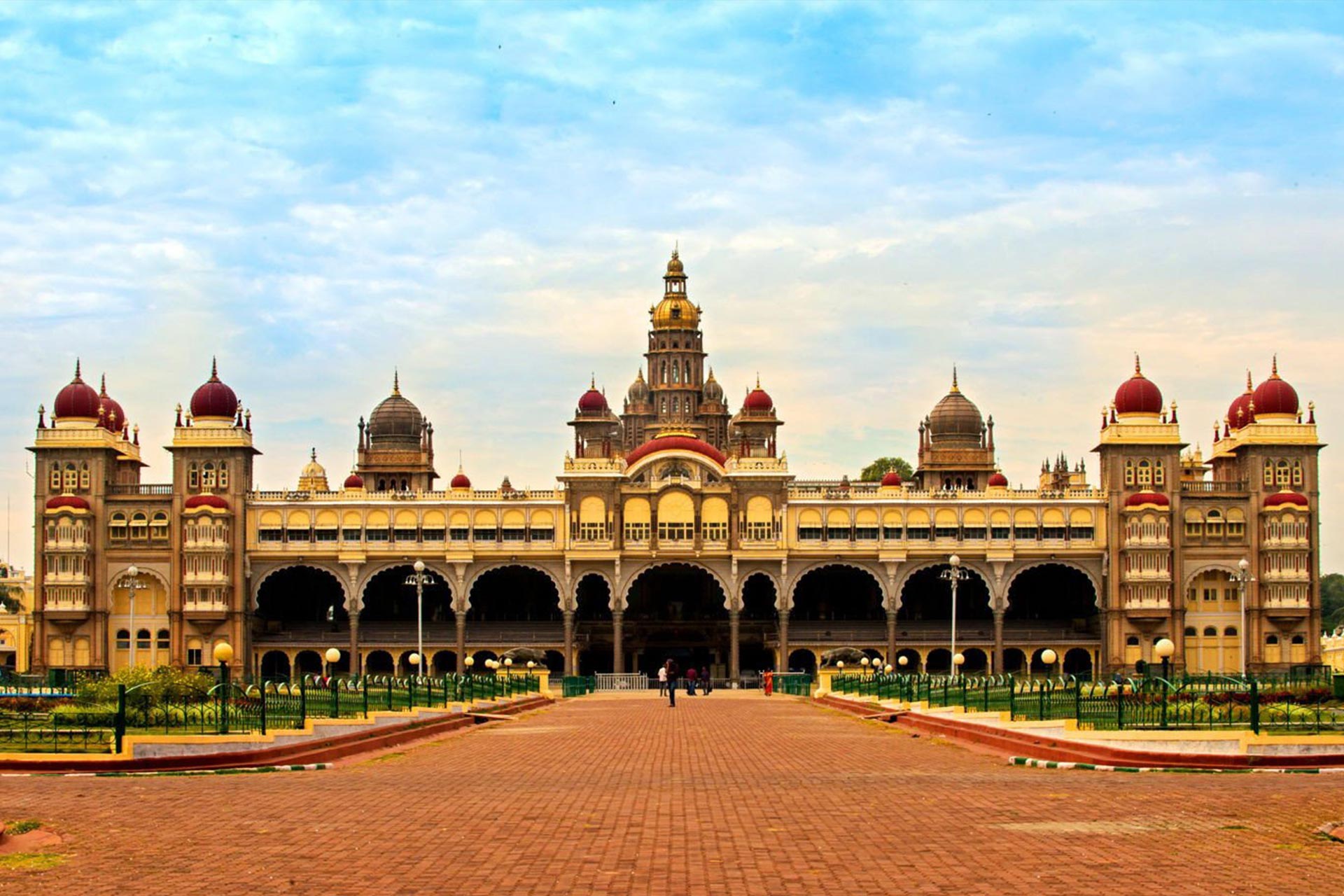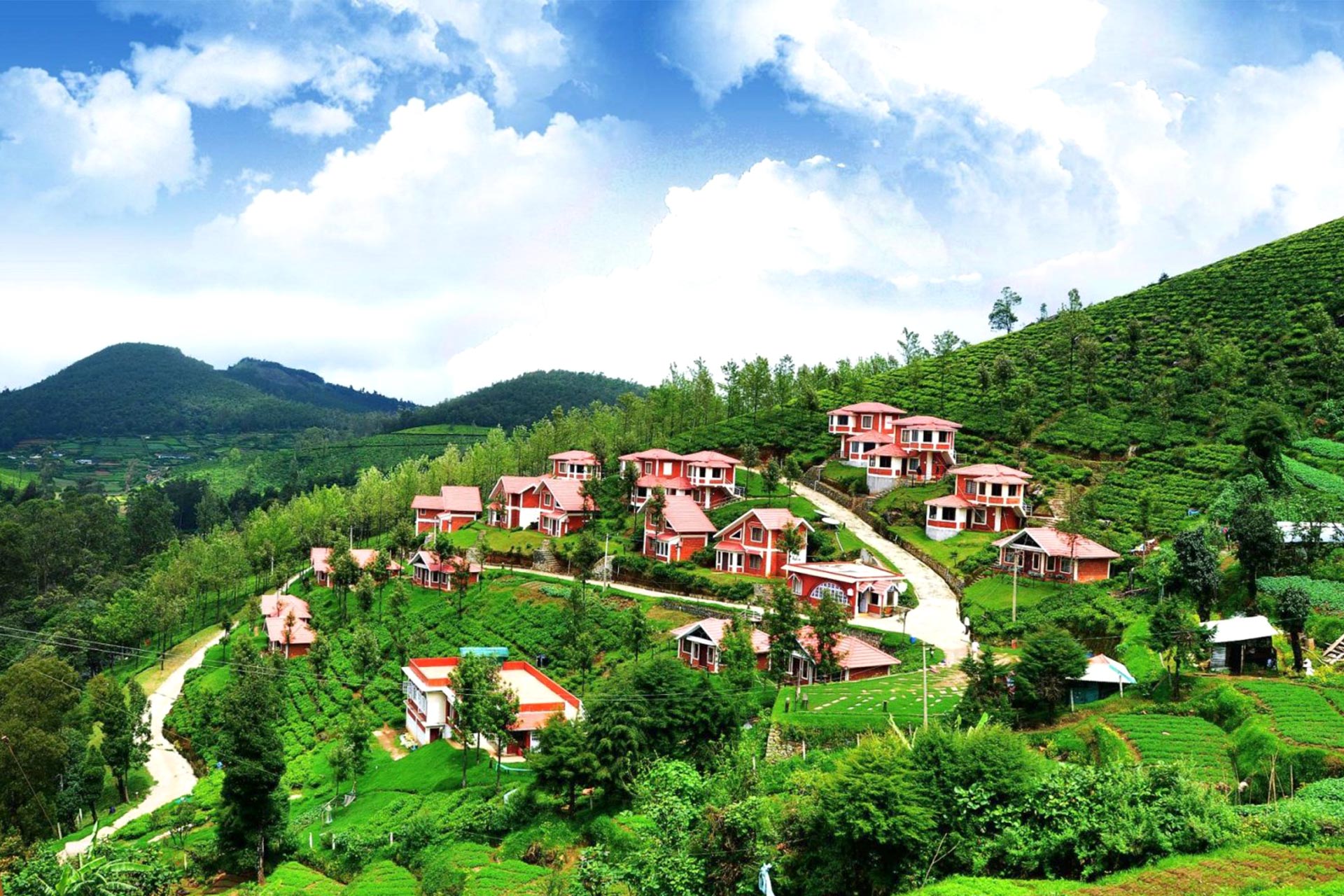“Imagine a land blessed by the golden hand of history, shrouded in the timeless mists of mystery and legend, and flawlessly adorned by nature’s everlasting splendor.”
“Wayanad, with her enchanting vistas and captivating secrets, is a land without equal. And in her embrace you will discover something way beyond anything you have ever encountered.”
Wayanad is a district located in the north-east region of the Indian state of Kerala, at the southernmost tip of the Deccan Plateau.It is known for its cool highland climate, misty peaks and its virgin forests. Wayanad also played a prominent role in the history of the subcontinent. It is often called the spice garden of the south, the land of paddy fields, and the home of the monsoons.
Wayanad’s rich history stretches back to the Neolithic Age, with the Edakkal Caves being one of the oldest signs of human settlement to be discovered. The caves seem to have been inhabited by several human settlersover the course of time. Even though very little is known about these ancient settlers, the cave paintings at Edakkal, the burial sites discovered around the caves, and the ancient earthenware found within are proof of their existence.
The region is home to some of the oldest temples in India and also played a pivotal role in the worldwide spice trade. In fact it was the legendary spice gardens of Wayanad that prompted the European powers to establish direct sea routes to India. Many a war has been fought for the dominion of this lucrative trade. Even now the best pepper in the world comes from Wayanad’s green slopes.
Wayanad was one of the first regions to actively rise up in defiance against the East India Company. Kerala VarmaPazhassi Raja, called the Lion of Kerala, was one of the earliest freedom fighters of India. He rallied the local lords and tribes against the British, and engaged them in a guerilla war in the forests of Wayanad. Even though he was ultimately killed by the British in 1805, he is still revered for his bravery and ingenuity in battle.
Wayanad has a relatively cool climate with a mean temperature of 19 to 32 degree Celsius. Humidity levels are usually quite high throughout the year. Wayanad receives some of the highest rainfall levels in the country. Monsoon chasers have a double window with the South-West Monsoon usually hitting Wayanad during the June-September months, and the North-West Monsoon in October-November.
The rainy seasons are the best time to visit Wayanad if you want to see the forests, waterfalls andvegetation at it best. The double monsoons and the accompanying mists have lead to Wayanad being called “the home of the monsoon”.
Alternatively the summer months of March-May are better suited for outdoor activities and wildlife safaris. Animal sightings tend to be better in summer owing to many animals migrating to the forests of Wayanad from other reserves, in search of better water resources and prey.
Wayanad’s forests are part of the Nilgiri Biosphere Reserve, one of the 20 reserves in UNESCO’S World Network of Biosphere Reserves. It was also the first biosphere reserve to be established in India. These forests are rich in plant and animal diversity, and play a crucial role in the conservation of several rare species like the Lion tailed Macaque and the Royal Bengal Tiger. The Wayanad Wildlife sanctuary is also part of Project Elephant, which protects wild elephant populations, their habitats, and migration corridors.



